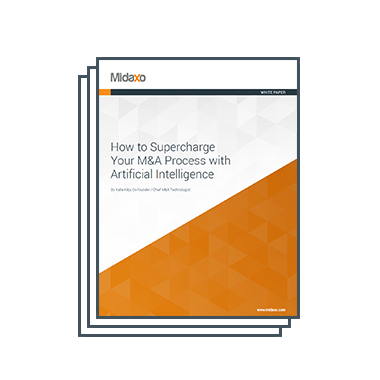McKinsey’s study of 2,000 US public companies over 20 years showed that the shareholder value of companies relying on a Programmatic M&A approach performed better than comparable companies relying on Opportunistic Deals, big-bang Mega Deals or an Organic approach (doing little to no M&A at all). Programmatic M&A involves following a disciplined approach to making many similar, smaller deals that accrue to a significant amount of market capitalization over multiple years.
Global 2000 excess total returns to shareholders (TRS) annually by M&A approach, Jan 2010-2019, %:

“Executing a series of deals around a specific business case or M&A theme — rather than relying on episodic “big bang” transactions — is far more likely than other approaches to lead to stronger performance and less risk.”
“Programmatic acquirers, on average, delivered about 2 percent more than their peers in excess total returns to shareholders (TRS) annually.”
Link to the McKinsey article
Key characteristics of Programmatic M&A are:
- The acquirer has a proven operational formula to create value in the acquired companies.
- The acquirer uses a disciplined M&A blueprint and playbook to find, evaluate, and integrate targets.
- The acquirer has enough scale and repetition to create continuously improving competence around its acquisition and integration model.
From “What, How, Why” to “Why, How, What”
Based on our experience as a M&A process management software provider working with hundreds of active acquirers, we see all the time how the programmatic approach performs better than more ad-hoc, opportunistic approaches.
Before becoming Programmatic acquirers, many focus on identifying interesting companies to acquire, then developing a business case for the most interesting targets and distilling those into compelling reasons to acquire the companies. I call this “What, how, why” model.
With the common “what, how, why” framework, an acquirer builds a pipeline of interesting companies, develops a business case and integration model for the most interesting ones, determines a reasonable valuation logic, performs confirmatory due diligence to check there are no clear red flags and, finally, tries to figure out how to make it all work in the post-merger integration.
Example 1, a global consulting firm: For a consulting firm one target could be a company developing a product that the acquirer could sell to its clients as an add-on to its consulting services. Another interest might be a competing consulting firm in a geographical region the acquirer wants to enter. The commercial and operational models and synergies are completely different, thus requiring different approaches to valuation, due diligence, and integration. The “what, how, and why” are different for each case, so the approach and process, too, are different.
M&A success doesn’t come from improvising better or doing more things, it comes from finding a model that works and repeating it
In a Programmatic M&A approach, the acquirer defines and locks down their “why, how, and what” blueprint.
Why, How, What framework for an imaginary dental clinic roll-up

Becoming programmatic (figuring out their “why, how, what” formula) enables acquirers to develop highly specialized processes, metrics and knowhow that allows them to outperform their less sophisticated rivals. A large acquirer can have a few different “why, how, what” blueprints but not many (e.g. one for add-on products and one for acquihires). Opportunistic deals sometimes turn out to be good bets, but the bread and butter of a consistently successful, long-term M&A strategy is the Programmatic approach.
A Programmatic approach also takes the benefits of leveraging specialized M&A technology to a completely new level. Acquirers can use past deals to predict risks they typically encounter, estimate outcomes from initiatives they typically run and design a project timeline based on the durations that tasks usually take in real life. Even many of the most interesting AI applications in M&A require process standardization.
A generic process always has too many open variables to provide consistent outcomes.
Many of our customers ask us how to develop a world-class target scoring system, standardized M&A process, or a M&A dashboard, hoping for a quick solution from a canned best practice. However, there is no shortcut to success. A generic process always has too many open variables to provide consistent outcomes. The only way to build a consistently successful, world-class M&A process is to do the work of defining the “why, how, what”, although it may feel tough as choosing what to do also means choosing what not to do.





